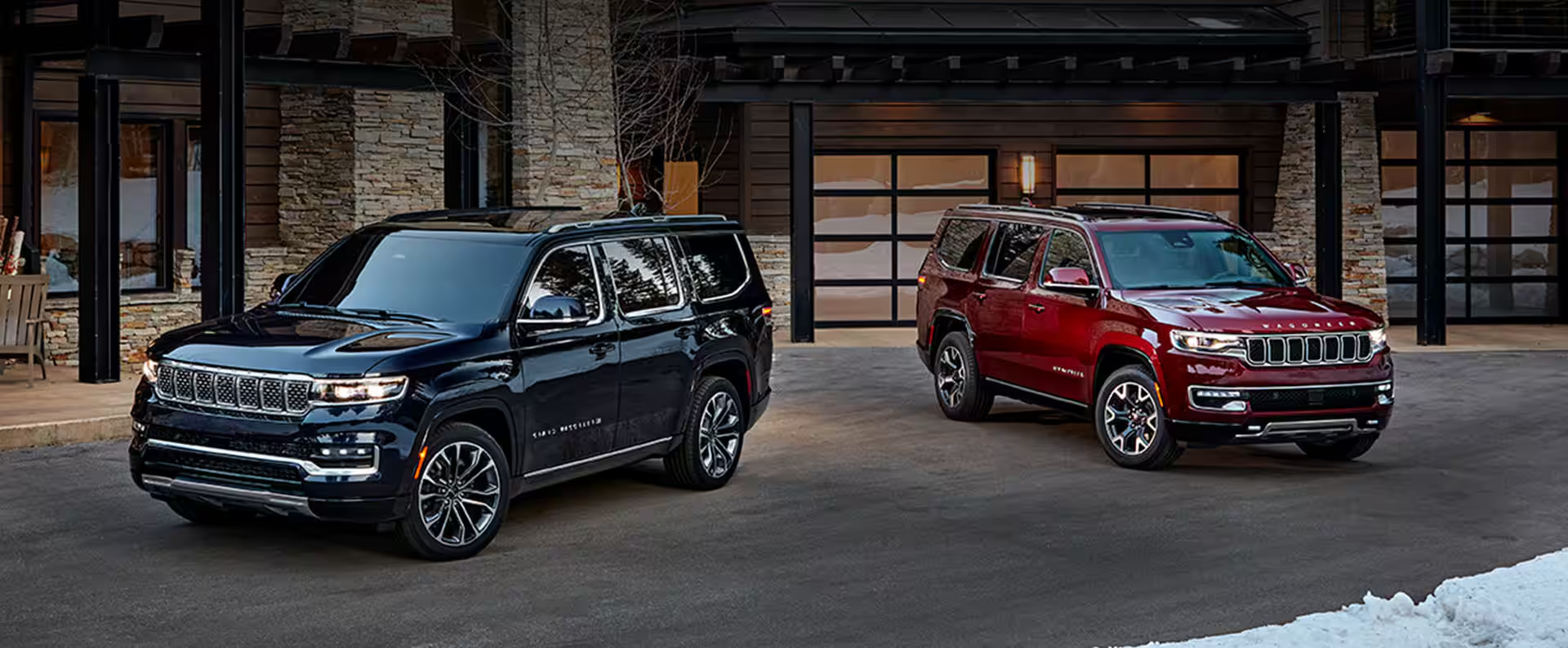Introduction
Sport Utility Vehicles (SUVs) have emerged as a dominant force in the automotive industry, capturing the imagination of consumers and reshaping the landscape of personal transportation. Initially conceived as rugged off-road vehicles, SUVs have evolved significantly over the decades, blending versatility, comfort, and capability in a single package. This article explores the history, design innovations, cultural impact, and future trends of SUVs, highlighting their transformative influence on both consumer preferences and automotive engineering.

Historical Origins
The roots of SUVs trace back to military and utilitarian vehicles of the early 20th century. The Jeep Willys MB, developed during World War II, is often regarded as a pioneering SUV prototype due to its robust design and off-road prowess. Post-war surplus Jeeps found civilian use, demonstrating the appeal of vehicles capable of navigating challenging terrains while offering practical utility for everyday tasks.
Rise to Prominence
In the 1980s and 1990s, SUVs gained popularity in the United States as symbols of rugged individualism and adventure. Models like the Ford Bronco, Chevrolet Blazer, and Jeep Cherokee captured the public’s imagination with their blend of off-road capability and spacious interiors. The introduction of the Toyota 4Runner and Nissan Pathfinder further diversified the market, appealing to families seeking versatile vehicles for both urban and outdoor use.
Design and Engineering Innovations
Modern SUVs represent a convergence of technological advancements and consumer demands. Automakers have invested heavily in developing platforms that offer superior handling, fuel efficiency, and safety without compromising on off-road capability. Innovations such as all-wheel drive systems, adaptive suspension, and advanced driver-assistance features have transformed SUVs into vehicles capable of tackling diverse driving conditions while providing a comfortable and connected driving experience.
Cultural Impact
SUVs have transcended their utilitarian roots to become cultural icons synonymous with status, adventure, and aspiration. Their commanding presence on roads reflects a shift towards larger, more imposing vehicles favored for their perceived safety and versatility. SUVs also hold appeal for outdoor enthusiasts, offering ample cargo space and towing capacity for recreational equipment such as boats, trailers, and camping gear.
Environmental Considerations
Despite their popularity, SUVs have faced criticism for their environmental impact, primarily due to their higher fuel consumption and emissions compared to smaller vehicles. Automakers are responding to these concerns by introducing hybrid and electric SUV models aimed at reducing carbon footprints without compromising on performance or utility. The shift towards electrification reflects broader trends towards sustainability and regulatory pressures to curb greenhouse gas emissions.
Market Trends and Consumer Preferences
The SUV market continues to expand globally, driven by evolving consumer preferences for larger vehicles with versatile capabilities. Compact SUVs, also known as crossover vehicles, have gained traction for their blend of sedan-like handling and SUV-like space, appealing to urban dwellers and families alike. Luxury SUVs have also proliferated, offering premium amenities and cutting-edge technology in addition to performance and comfort.
Future Directions
Looking ahead, the future of SUVs appears increasingly electric and connected. Automakers are investing in electric SUV platforms to meet regulatory requirements and consumer demand for environmentally friendly vehicles. Connectivity features such as advanced infotainment systems, autonomous driving capabilities, and integrated smart home technology are poised to enhance the driving experience further. Additionally, the emergence of self-driving SUVs could revolutionize transportation, offering passengers newfound freedom and convenience.
Conclusion
In conclusion, SUVs have evolved from rugged off-road vehicles to become versatile, technologically advanced staples of the automotive industry. Their blend of capability, comfort, and cultural appeal has reshaped consumer expectations and influenced automotive design. As the industry embraces electrification and connectivity, SUVs are poised to remain at the forefront of innovation, offering drivers an exciting glimpse into the future of personal transportation.